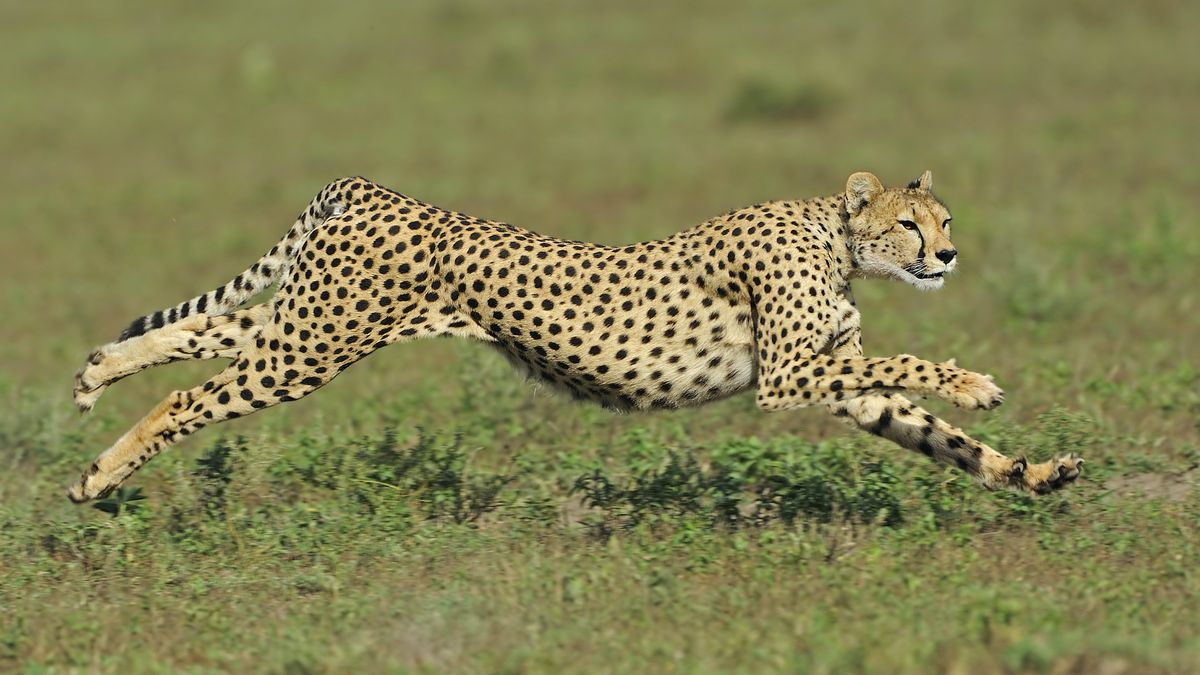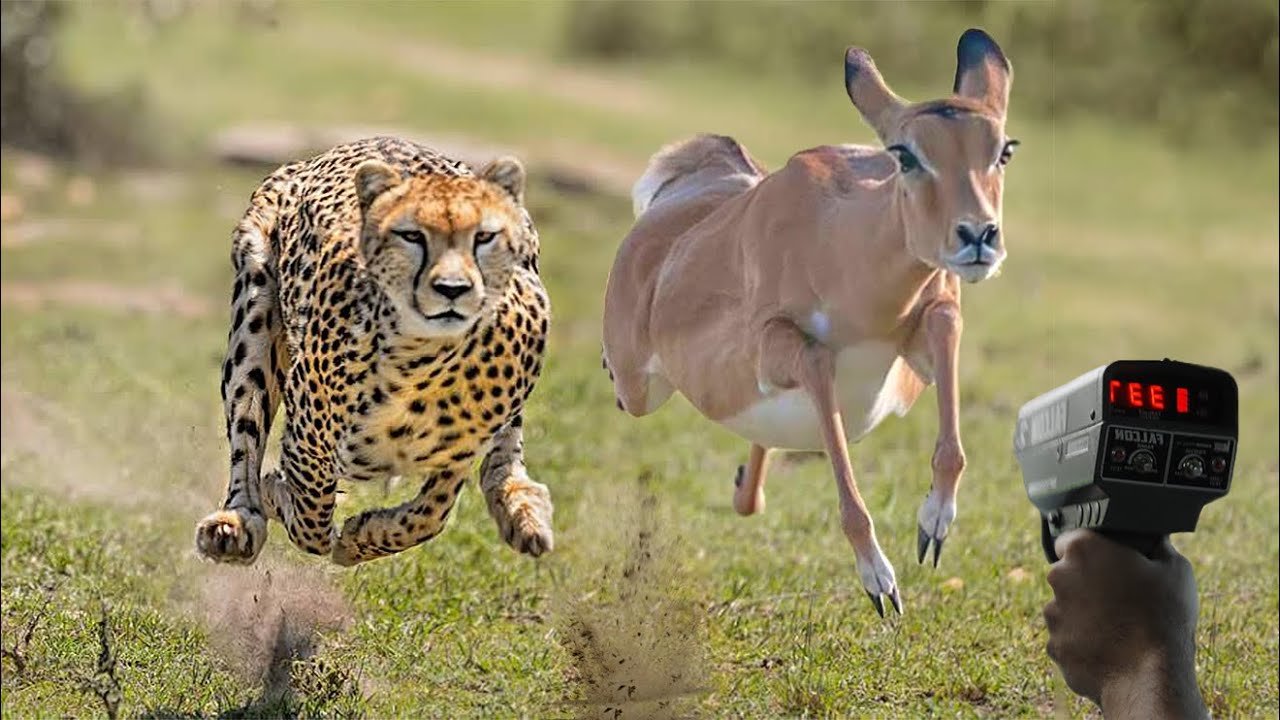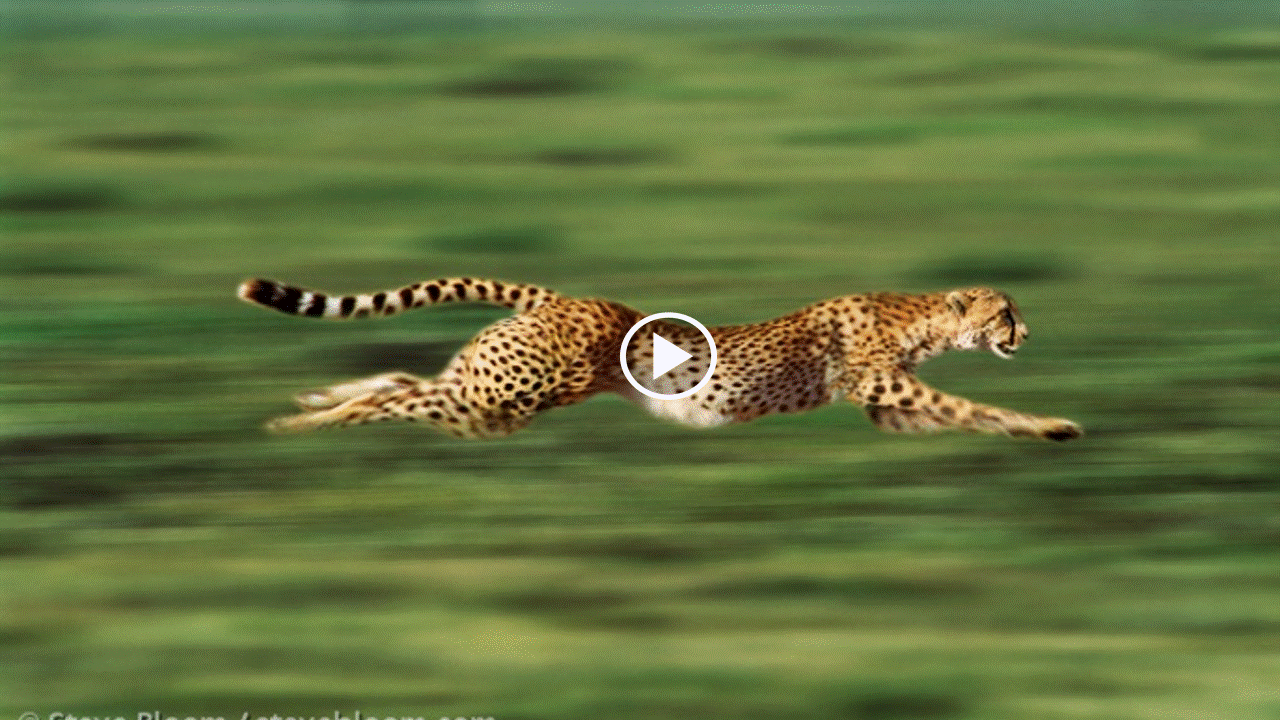When we think about speed in the animal kingdom, one question often arises: what is the fastest animal in the world? Understanding this fascinating topic not only piques our curiosity but also highlights the remarkable adaptations that different species have evolved over time. In this article, we will dive deep into the world of high-speed animals, exploring not just their impressive velocities but also their habitats, hunting techniques, and roles in their ecosystems. Whether you are a nature enthusiast, a student, or simply curious, this guide will provide you with valuable insights into the fastest creatures on our planet.
From the skies to the land and even the depths of the oceans, speed is a vital survival trait for many species. The ability to outrun predators or swiftly capture prey can mean the difference between life and death in the wild. This article will cover various aspects of speed in the animal kingdom, including the factors that contribute to their remarkable velocities and how these creatures have adapted to their environments.
By the end of this article, you will not only know which animal holds the title of the fastest but also appreciate the incredible diversity of speed adaptations found in nature. So, let’s embark on this exciting journey to discover the fastest animal in the world and explore the fascinating world of speed in the animal kingdom.
- Paris Night 1 Eras Tour A Magical Experience Unveiled
- Wachowski Sisters Pioneers Of Transgender Representation In Film
Table of Contents
- The Fastest Animal: The Peregrine Falcon
- Fastest Land Animal: The Cheetah
- Fastest Sea Animal: The Black Marlin
- Adaptations for Speed
- The Importance of Speed in Nature
- Conservation of Fast Animals
- Fun Facts about Fast Animals
- Conclusion
The Fastest Animal: The Peregrine Falcon
The title of the fastest animal in the world is held by the Peregrine Falcon. This remarkable bird has been recorded diving at speeds of over 240 miles per hour (386 kilometers per hour). Its aerodynamic body and powerful muscles allow it to achieve such incredible velocities, especially during hunting dives, known as stoops.
Biodata of the Peregrine Falcon
| Attribute | Details |
|---|---|
| Scientific Name | Falco peregrinus |
| Habitat | Worldwide, except extreme polar regions |
| Diet | Primarily birds, but also small mammals |
| Wingspan | Approximately 3.3 to 3.6 feet (1 to 1.1 meters) |
| Life Span | 15-20 years in the wild |
Peregrine Falcons are not only fast but also highly skilled hunters. They can spot their prey from great distances, and their incredible speed allows them to swoop down and catch birds in mid-air. Their keen eyesight and exceptional hunting skills make them one of nature's most effective predators.
Fastest Land Animal: The Cheetah
When it comes to speed on land, the Cheetah takes the crown. Capable of reaching speeds of up to 75 miles per hour (120 kilometers per hour) in short bursts covering distances up to 1,500 feet (460 meters), the Cheetah is built for speed. Its lightweight frame, long legs, and flexible spine contribute to its ability to accelerate quickly and maintain impressive speeds.
- Understanding Pet Food A Comprehensive Guide For Pet Owners
- Exploring The Best Robert Pattinson Movies A Comprehensive Guide
Unique Hunting Techniques of Cheetahs
Cheetahs rely on their exceptional speed to catch prey. Here are some of their unique hunting techniques:
- Stalk and Sprint: Cheetahs approach their prey stealthily before launching into a high-speed chase.
- Acceleration: They can go from 0 to 60 miles per hour in just a few seconds.
- Sharp Claws: Unlike other big cats, Cheetahs have semi-retractable claws that provide better traction during high-speed chases.
Fastest Sea Animal: The Black Marlin
In the ocean, the title of the fastest animal goes to the Black Marlin, which can swim at speeds of up to 82 miles per hour (132 kilometers per hour). This magnificent fish is known for its powerful build and streamlined body, which help it cut through water with minimal resistance.
Biology of Black Marlin
The Black Marlin has several adaptations that enable its incredible speed:
- Streamlined Body: Its shape allows for reduced drag while swimming.
- Powerful Fins: The fins are designed for rapid propulsion.
- Efficient Gills: Adapted for oxygen intake during high-speed swimming.
Adaptations for Speed
Speed is a result of various adaptations that different animals have developed over time. These adaptations can be physical, behavioral, or both. Here are some common adaptations seen in fast animals:
- Body Structure: Aerodynamic shapes reduce air resistance.
- Muscle Composition: Fast-twitch muscle fibers allow for rapid bursts of speed.
- Nervous System: Quick reflexes and coordination help in fast movements.
Examples of Speed Adaptations
Several animals showcase unique adaptations for speed, including:
- The Greyhound, known for its long legs and lean body structure.
- The kangaroo, which uses its powerful hind legs for swift movement across the ground.
- The Brazilian free-tailed bat, which can reach speeds of up to 99 miles per hour in flight.
The Importance of Speed in Nature
Speed plays a crucial role in the survival of many species. It affects an animal's ability to hunt, escape predators, and compete for resources. Here are some reasons why speed is essential in the animal kingdom:
- Predator-Prey Dynamics: Speed influences the balance of ecosystems by affecting predator and prey populations.
- Survival: The ability to escape predators can enhance survival rates.
- Reproduction: In many species, faster individuals are often more successful in mating and reproducing.
Conservation of Fast Animals
Many of the fastest animals are facing threats due to habitat loss, climate change, and human activities. Conservation efforts are vital to protect these species and their environments. Here are some key points regarding the conservation of fast animals:
- Habitat Protection: Preserving natural habitats is essential for the survival of fast animals.
- Species Monitoring: Tracking populations helps in understanding their status and implementing conservation strategies.
- Public Awareness: Educating the public about the importance of these species can lead to better conservation efforts.
Fun Facts about Fast Animals
Here are some interesting facts about fast animals that you might not know:
- The Peregrine Falcon can dive faster than a Formula 1 car can race.
- Cheetahs can only maintain their top speed for about 20-30 seconds due to overheating.
- The Black Marlin can leap out of the water at incredible heights, sometimes reaching 10 feet in the air.
Conclusion
In conclusion, the fastest animal in the world is the Peregrine Falcon, followed closely by the Cheetah on land and the Black Marlin in the sea. Understanding the adaptations and significance of speed in the animal kingdom enhances our appreciation of nature's wonders. As we continue to learn more about these remarkable creatures, it becomes clear that conservation efforts are paramount to ensure their survival. We encourage you to leave a comment below, share this article, or explore more of our content to learn about the incredible diversity of wildlife around us.
Call to Action
Did you enjoy learning about the fastest animals? Please share your thoughts in the comments below and consider sharing this article with fellow nature enthusiasts!
Final Thoughts
Thank you for joining us on this exploration of speed in the animal kingdom. We hope you found this article informative and engaging. Don't forget to visit our site for more fascinating articles about wildlife and nature!
- Madonna Nude The Provocative Artistry Of A Pop Icon
- Understanding The Chinese Zodiac What Does 1976 Represent


